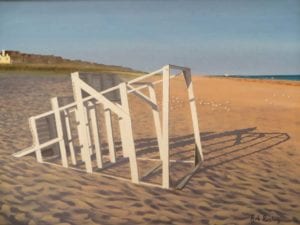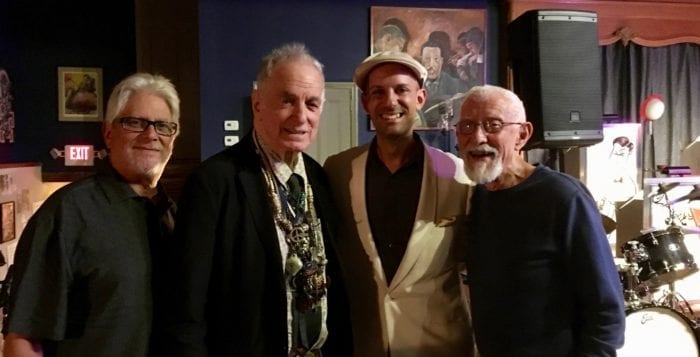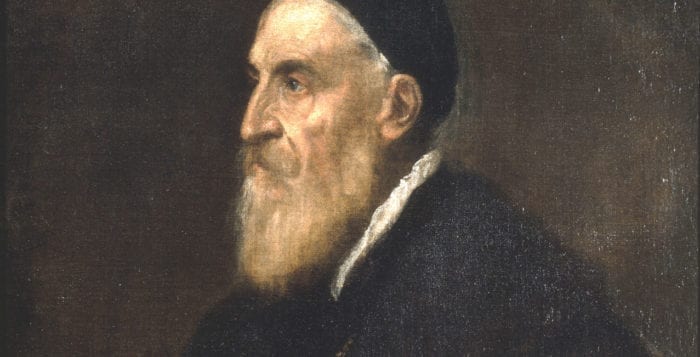By Heidi Sutton

The lazy days of summer are finally upon us, a perfect time to drop by the Smithtown Township Arts Council’s Mills Pond Gallery to check out its annual juried summer exhibition, Capturing the Spirit of Long Island.
“So many Long Island painters find creative inspiration from the local landscape,” explained STAC’s Executive Director Allison Cruz in a recent email. “Each brings an individual style and vision to their work so each exhibit is unique. Our Island provides endless possibilities for artistic compositions. I always look forward to seeing what hidden treasures the artists uncover!”
According to Cruz, artists were invited to share their artistic vision of any of Long Island’s four seasons and submit art depicting the characteristics of its landscape, weather, wildlife or activities associated with winter, spring, summer or fall. A total of 49 works by 32 artists were accepted into the show and feature a variety of media including watercolor, gouache, oil acrylic, pastel and colored pencil.

The beautiful exhibit fills four gallery rooms and the center hall gallery on the first floor of the historic 1838 Greek Revival mansion.
“I am always amazed by the unique work received for our Long Island exhibits and I have never been disappointed. And what is so wonderful is that each year we have new artists as well. Each show gives us an opportunity to see some new local talent and each year local artists step up with new work,” said Cruz. “We never exhibit the same piece more than once here at the gallery anyway,” she added.
Exhibiting artists include Ross Barbera (Ronkonkoma), Melanie Berardicelli (West Islip), Renee Blank (Holbrook), Renee Caine (Holtsville), Linda Ann Catucci (St. James), Donna Corvi (Flushing), Julie Doczi (Port Jefferson Station), Liz Fusco (Kings Park), Maureen Ginipro (Smithtown), David Jaycox Jr. (Northport), Anne Katz (Stony Brook), Kathee Shaff Kelson (Stony Brook), Jim Kelson (Stony Brook), Lynn Kinsella (Brookhaven), Mary Lor (New York), Joan Rockwell (Stony Brook), Robert Roehrig (East Setauket), Lori Scarlatos (St. James), Gisela Skoglund (Kings Park), Irene Tetrault (Westbury), Adriann Valiquette (Ridge), Mary Ann Vetter (St. James), Nancy Weeks (East Setauket) and Patty Yantz (Setauket).

The executive director is excited to show off this new exhibit. “This is an opportunity to discover or maybe rediscover Long Island,” she said, adding, “viewers will see so much beauty and variety of our island … and sometimes seeing it through someone else’s eye can put you in touch with new places or new ideas you will be inspired to explore.”
The community is invited to an opening reception on Saturday, Aug. 11 at 2 p.m. to meet the artists and view their work. The winners will be announced at that time.
The Mills Pond Gallery, located at 660 Route 25A, St. James, will present the Smithtown Township Arts Council’s juried summer exhibition through Sept. 9. The gallery is open Wednesdays to Fridays from 10 a.m. to 4 p.m. and Saturdays and Sundays from noon to 4 p.m. Admission is free. For more information, call 631-862-6575 or visit www.millspondgallery.org.















 Christopher Robin is given a bag of acorns by Piglet to remember them by. In return, he promises to never forget his friends.
Christopher Robin is given a bag of acorns by Piglet to remember them by. In return, he promises to never forget his friends. Thirty years have passed since Christopher (now played by Ewan McGregor) has visited the hundred-acre wood, which is now a dark and gloomy place filled with fog and overgrown vines. We meet Pooh Bear again, a little more worn and tired, waking up from his nap with a grumbling in his tummy. When the silly old bear realizes every one of his honey pots is empty, he heads off to borrow some from his friends. When he can’t find any of them, he fears they may have been taken by the ferocious heffalumps and woozles. As he is “a bear with little brains,” Pooh decides to seek the help of his old friend, Christopher Robin.
Thirty years have passed since Christopher (now played by Ewan McGregor) has visited the hundred-acre wood, which is now a dark and gloomy place filled with fog and overgrown vines. We meet Pooh Bear again, a little more worn and tired, waking up from his nap with a grumbling in his tummy. When the silly old bear realizes every one of his honey pots is empty, he heads off to borrow some from his friends. When he can’t find any of them, he fears they may have been taken by the ferocious heffalumps and woozles. As he is “a bear with little brains,” Pooh decides to seek the help of his old friend, Christopher Robin.













